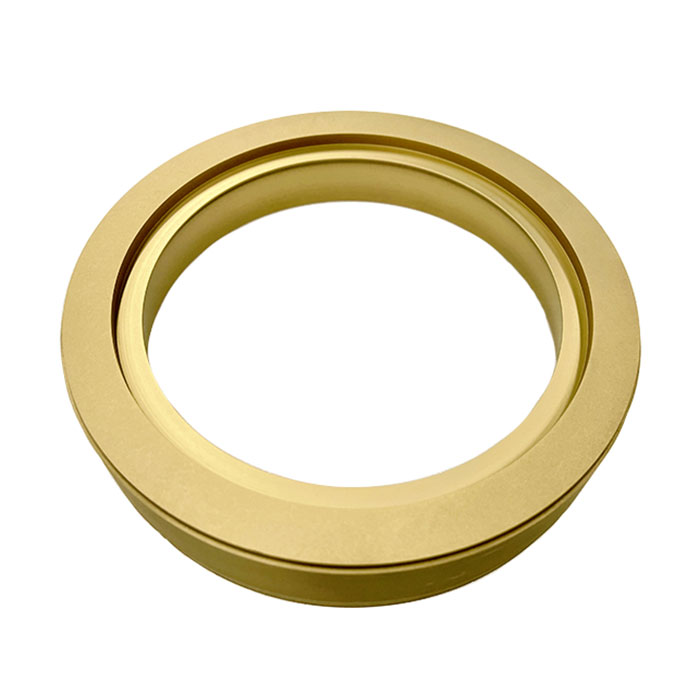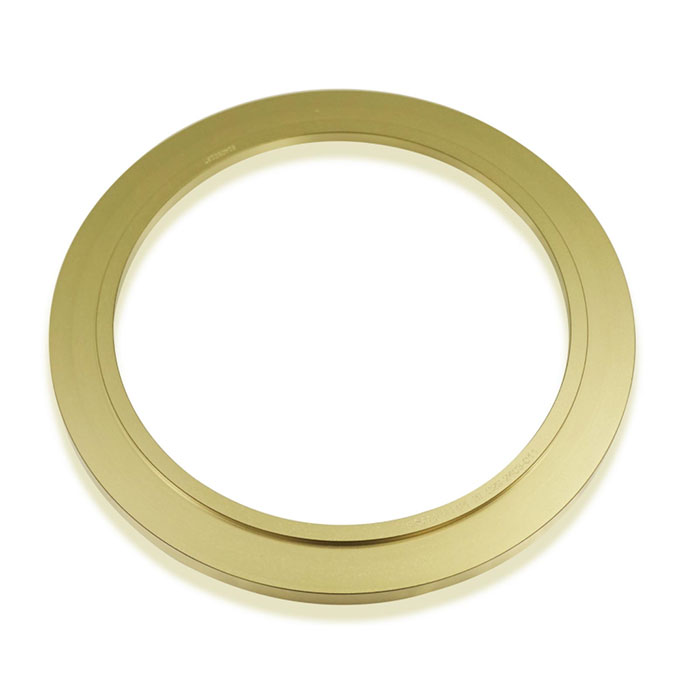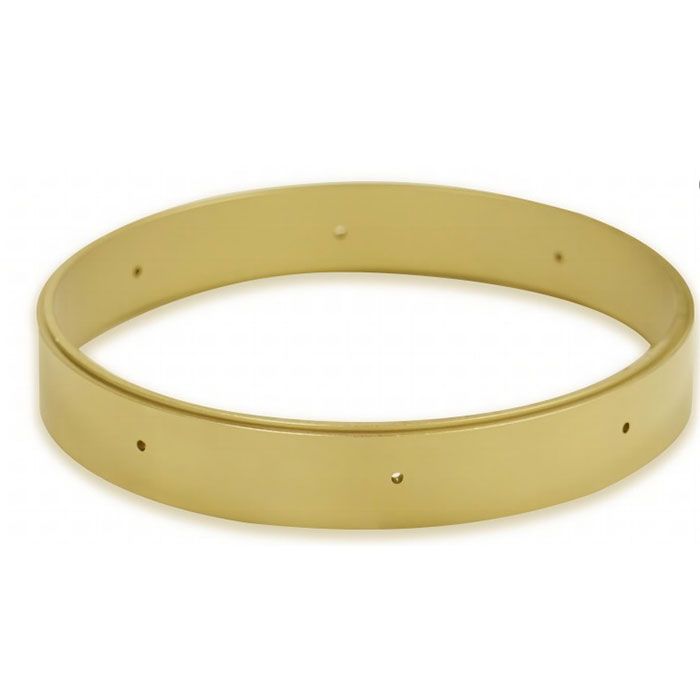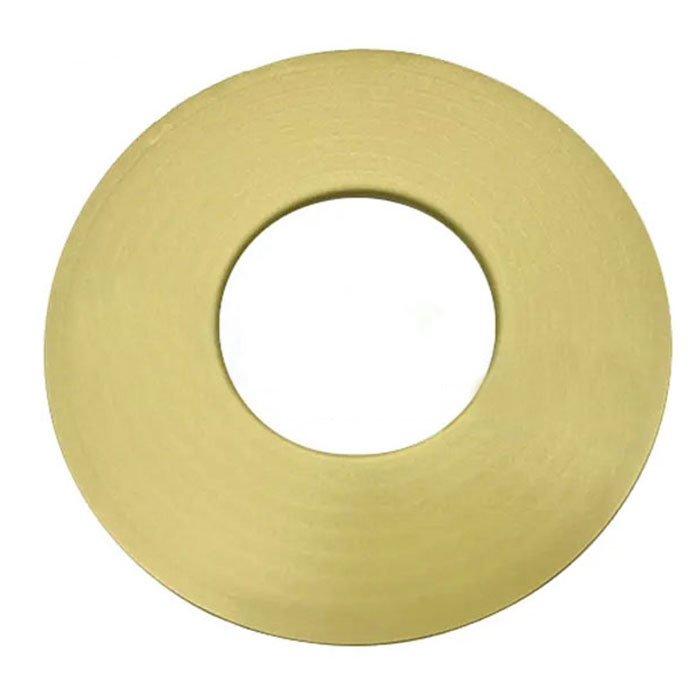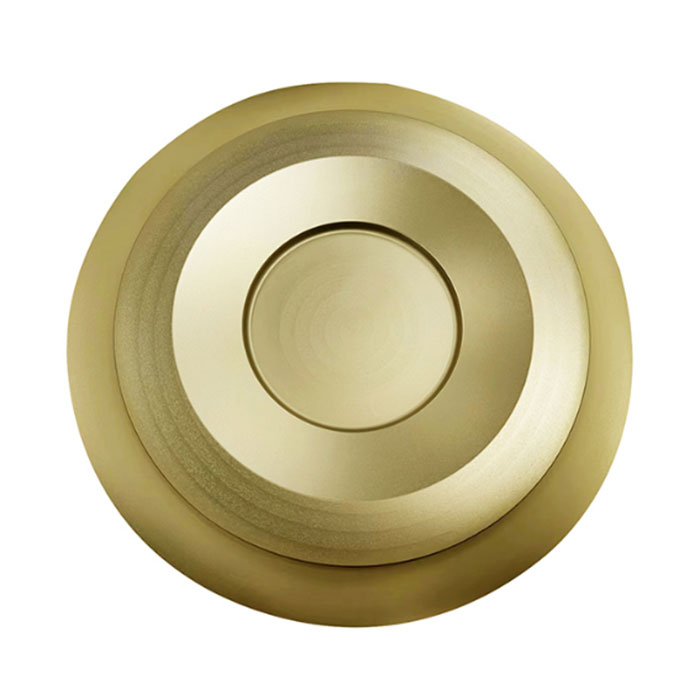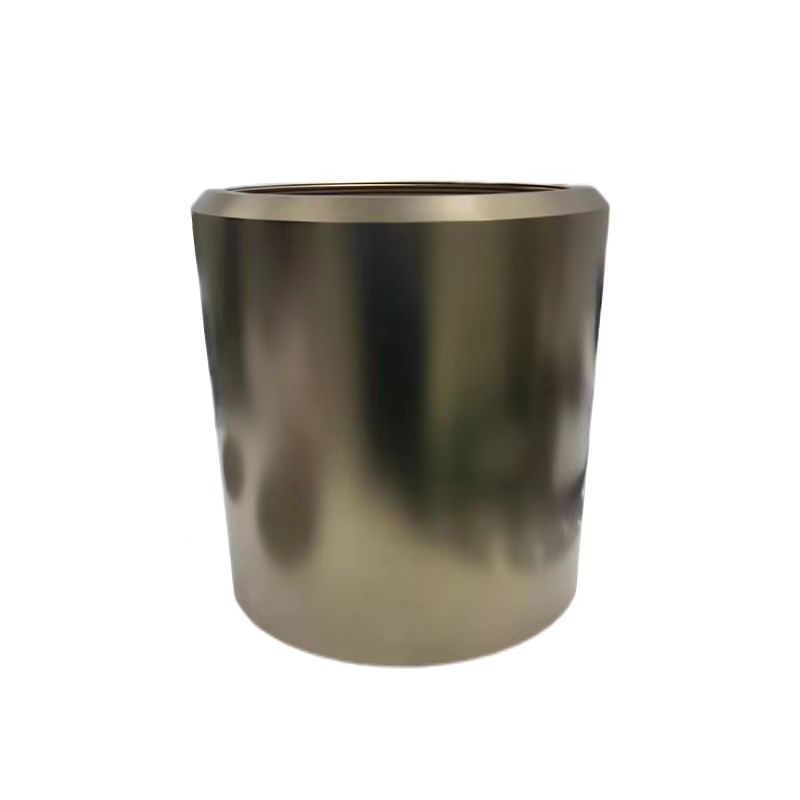
- English
- Español
- Português
- русский
- Français
- 日本語
- Deutsch
- tiếng Việt
- Italiano
- Nederlands
- ภาษาไทย
- Polski
- 한국어
- Svenska
- magyar
- Malay
- বাংলা ভাষার
- Dansk
- Suomi
- हिन्दी
- Pilipino
- Türkçe
- Gaeilge
- العربية
- Indonesia
- Norsk
- تمل
- český
- ελληνικά
- український
- Javanese
- فارسی
- தமிழ்
- తెలుగు
- नेपाली
- Burmese
- български
- ລາວ
- Latine
- Қазақша
- Euskal
- Azərbaycan
- Slovenský jazyk
- Македонски
- Lietuvos
- Eesti Keel
- Română
- Slovenski
- मराठी
- Srpski језик
Why is tantalum carbide (TaC) coating superior to silicon carbide (SiC) coating in SiC single crystal growth? - VeTek semiconductor
2024-11-25
As we all know, SiC single crystal, as a third-generation semiconductor material with excellent performance, occupies a pivotal position in semiconductor processing and related fields. In order to improve the quality and yield of SiC single crystal products, in addition to the need for a suitable single crystal growth process, due to its single crystal growth temperature of more than 2400℃, the process equipment, especially the graphite tray necessary for SiC single crystal growth and the graphite crucible in the SiC single crystal growth furnace and other related graphite parts have extremely stringent requirements for cleanliness.
The impurities introduced by these graphite parts to the SiC single crystal must be controlled below the ppm level. Therefore, a high-temperature resistant anti-pollution coating must be prepared on the surface of these graphite parts. Otherwise, due to its weak inter-crystalline bond strength and impurities, graphite can easily cause SiC single crystals to be contaminated.
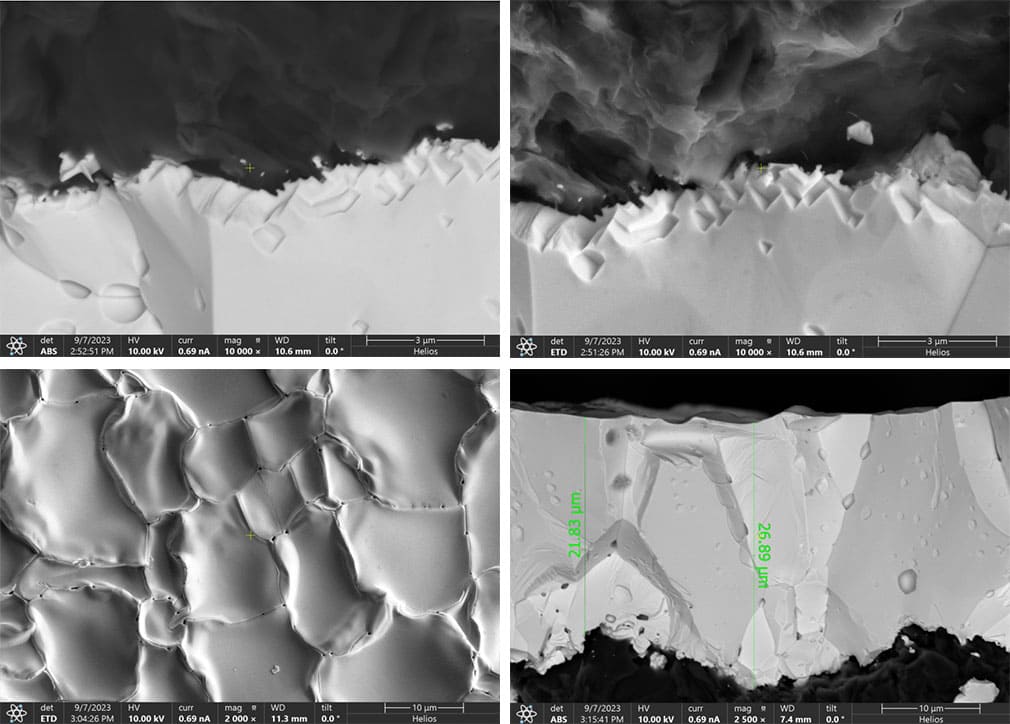
TaC ceramics have a melting point of up to 3880°C, high hardness (Mohs hardness 9-10), large thermal conductivity (22W·m-1·K−1), and small thermal expansion coefficient (6.6×10−6K−1). They exhibit excellent thermochemical stability and excellent physical properties, and have good chemical and mechanical compatibility with graphite and C/C composites. They are ideal anti-pollution coating materials for graphite parts required for SiC single crystal growth.
Compared with TaC ceramics, SiC coatings are more suitable for use in scenarios below 1800°C, and are usually used for various epitaxial trays, typically LED epitaxial trays and single crystal silicon epitaxial trays.
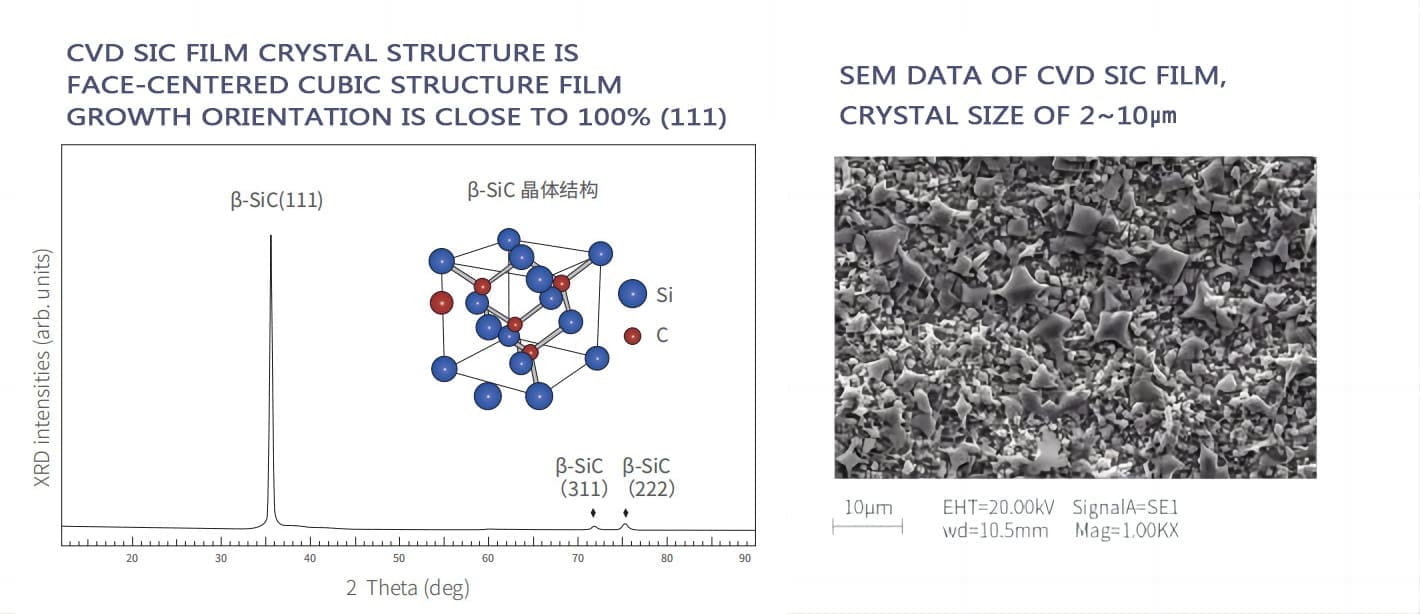
Through specific comparative analysis, tantalum carbide (TaC) coating is superior to silicon carbide (SiC) coating in the process of SiC single crystal growth,
Mainly in the following aspects:
● High temperature resistance:
TaC coating has higher thermal stability (melting point up to 3880°C), while SiC coating is more suitable for low temperature environment (below 1800°C). This also determines that in the growth of SiC single crystal, TaC coating can fully withstand the extremely high temperature (up to 2400°C) required by the physical vapor transport (PVT) process of SiC crystal growth.
● Thermal stability and chemical stability:
Compared with SiC coating, TaC has higher chemical inertness and corrosion resistance. This is essential to prevent reaction with crucible materials and maintain the purity of the growing crystal. At the same time, TaC-coated graphite has better chemical corrosion resistance than SiC-coated graphite, can be used stably at high temperatures of 2600°, and does not react with many metal elements. It is the best coating in the third-generation semiconductor single crystal growth and wafer etching scenarios. This chemical inertness significantly improves the control of temperature and impurities in the process, and prepares high-quality silicon carbide wafers and related epitaxial wafers. It is especially suitable for MOCVD equipment to grow GaN or AiN single crystals and PVT equipment to grow SiC single crystals, and the quality of the grown single crystals is significantly improved.
● Reduce impurities:
TaC coating helps to limit the incorporation of impurities (such as nitrogen), which may cause defects such as microtubes in SiC crystals. According to research by the University of Eastern Europe in South Korea, the main impurity in the growth of SiC crystals is nitrogen, and tantalum carbide coated graphite crucibles can effectively limit the nitrogen incorporation of SiC crystals, thereby reducing the generation of defects such as microtubes and improving crystal quality. Studies have shown that under the same conditions, the carrier concentrations of SiC wafers grown in traditional SiC coating graphite crucibles and TAC coating crucibles are approximately 4.5×1017/cm and 7.6×1015/cm, respectively.
● Reduce production costs:
Currently, the cost of SiC crystals has remained high, of which the cost of graphite consumables accounts for about 30%. The key to reducing the cost of graphite consumables is to increase its service life. According to data from the British research team, tantalum carbide coating can extend the service life of graphite parts by 35-55%. Based on this calculation, replacing only tantalum carbide coated graphite can reduce the cost of SiC crystals by 12%-18%.
Summary
Comparison of TaC layer and SIC layer with high temperature resistance, thermal properties, chemical properties, reduction in quality, decrease in production, low production, etc. angular physical properties, complete beauty description of SiC layer (TaC) layer on SiC crystal production length irreplaceability.
Why do choose VeTek semiconductor ?
VeTek semi-conductor is a semi-conductor business in China, which manufactures and manufactures packaging materials. Our main products include CVD bonded layer parts, used for SiC crystalline long or semi-conductive outer extension construction, and TaC layer parts. VeTek semi-conductor passed ISO9001, good quality control. VeTek is an innovator in the semi-conductor industry through constant research, development and development of modern technology. In addition, VeTeksemi started the semi-industrial industry, provided advanced technology and product solutions, and supported fixed product delivery. We are looking forward to the success of our long-term cooperation in China.

